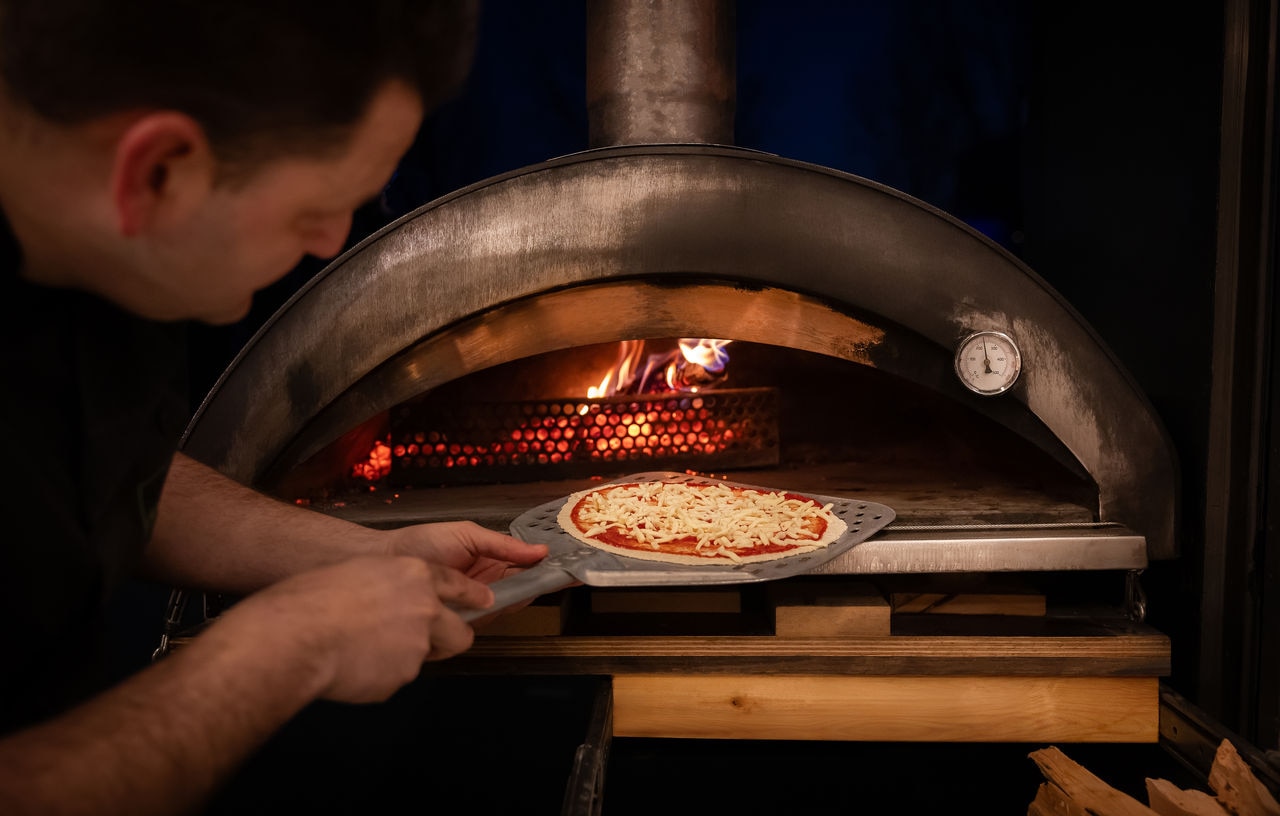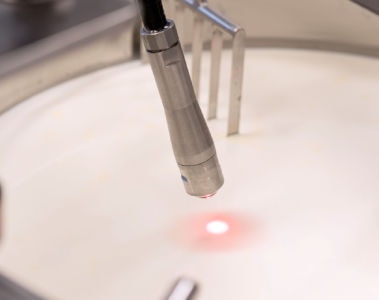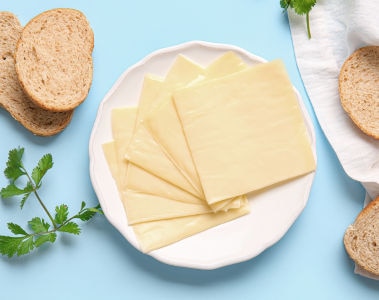
News
7月 6, 2022
より速く、より安全で、よりクリーンなチーズ熟成

Gert van den Hoven, Cheese Expert at dsm-firmenich Food & Beverage
The global cheese market is booming,1 but change is afoot. While taste and texture remain at the top of consumers’ wish lists, people are also prioritizing cleaner labels and taking steps to lower their carbon footprint. These converging trends create a challenging landscape for cheese manufacturers, who must balance these demands while also remaining innovative and profitable.
Normally, removing preservatives to meet clean label requirements often means overhauling existing manufacturing processes. But to truly deliver on consumers’ complex concerns, cleaner labels must be prioritized throughout the supply chain – from ingredient to end-product. Food manufacturers are increasingly asking their suppliers to ensure their ingredients are preservative-free in order to support label claims and prevent cross-contamination. For producers of cheese and whey, creating benzoate-free whey is a high priority.
So, how can cheese producers tap into these leading trends to ensure they stand out on the retail shelf, without incurring a significant cost burden or compromising the consumer taste experience?
Transparency is an expectation, not a choice
The clean label trend continues to gather momentum, leading to sweeping changes in product formulation that demand fewer additives, including preservatives, in favor of more natural, recognizable ingredients. Commonly accepted (and safe) preservatives like benzoate – which help inhibit the growth of mold, yeast and some bacteria to extend shelf life – are now falling out of favor with food producers, as many move away from them and scrutinize their supply chains to deliver more preservative-free products.
Creating a preservative-free supply chain
While cheesemakers do not traditionally use preservatives during the production process, they can be used to preserve cheese-making enzymes, ensuring their stability in transit from ingredient supplier to food manufacturing facility. But food companies purchasing whey ingredients are increasingly looking for whey produced with preservative-free enzymes to meet demand for transparency.
Even more stringent, enzymes formulated with benzoate are not allowed to be used in food or ingredients that will end up in infant formula. For these reasons, makers of cheese and whey products are asking enzyme suppliers to ensure their enzymes are also preservative-free. But again, this cannot come at the cost of taste, texture or sustainability.
Efficient, sustainable and delicious cheese production
While enzymes can play many roles in cheese production, such as coagulation, they are less often used to enhance cheese ripening as they have a reputation for imparting undesirable side-effects in both the cheese and the whey. Now, preservative-free solutions like dsm-firmenich’s Accelerzyme® CPG change this by accelerating cheese ripening without disturbing its structure, while also providing benefits for flavor development. Importantly, faster ripening also contributes to a more efficient process for cheesemakers and enables them to take steps toward reducing their products’ carbon footprint. According to dsm-firmenich’s analysis, reducing the ripening time of 1 million kilograms of continental cheese from four weeks to two weeks could save around €200,000 in production costs.2
Accelerzyme® CPG, a carboxypeptidase enzyme, releases small peptides and amino acids from the carboxy-terminus of proteins and peptides at a low pH during ripening. This accelerates ripening and also enables the cheese culture to convert to flavor components. The enzyme has no activity at a ‘neutral’ pH (6-7) in the cheese milk, which prevents side reactions during cheesemaking and whey processing and does not lead to any negative textural changes in cheese products. In addition, Accelerzyme® CPG reduces bitterness in the final cheese product. In sensory trials, several cheese types developed with Accelerzyme® CPG, including Cheddar, Gouda, Raclette and Tilsiter, had a more mature cheese flavor and less bitterness.
DSM Food& Beverageのチーズ・エキスパート、ゲルト・ファン・デン・ホーフェン氏
世界のチーズ市場は活況を呈しており、1 が、変化は進行中である。味と食感は依然として消費者の希望のトップである一方、人々はよりクリーンなラベルを優先し、二酸化炭素排出量を削減するための対策を講じるようになっている。こうしたトレンドの収束は、チーズメーカーにとって困難な状況を生み出している。チーズメーカーは、これらの要求のバランスをとりつつ、革新的な、 収益性を維持しなければならない。
通常、クリーンラベルの要件を満たすために防腐剤を除去することは、既存の製造工程を見直すことを意味することが多い。 しかし、消費者の複雑な懸念を真に実現するためには、よりクリーンなラベルは、原材料から最終製品までのサプライチェーン全体で優先されなければならない。 食品メーカーは、ラベルの主張を支持し、二次汚染を防止するために、原材料が防腐剤フリーであることを保証するようサプライヤーに求めるようになってきている。 チーズや乳清の生産者にとって、安息香酸塩フリーの乳清を作ることは最優先事項である。
では、チーズ生産者は、大きなコスト負担を負ったり、消費者の味覚体験を損なうことなく、小売店の棚で目立つようにするために、このような主要トレンドをどのように活用すればよいのでしょうか?
透明性は期待であって、選択ではない
クリーン・ラベルのトレンドは勢いを増し続けており、保存料を含む添加物を減らし、より自然で認知度の高い原材料を使用するよう求める、製品処方の大々的な変更につながっている。 安息香酸塩のような一般的に受け入れられている(そして安全な)保存料は、カビや酵母、一部のバクテリアの繁殖を抑制して保存期間を延ばす働きがあるが、多くの食品メーカーが保存料を使用せず、より保存料フリーの製品を提供するためにサプライ・チェーンを精査しているため、現在では食品メーカーからの支持を失いつつある。
防腐剤フリーのサプライチェーンの構築
チーズメーカーは伝統的に製造工程で保存料を使用しないが、チーズ製造酵素を保存するために使用することができ、原料供給業者から食品製造施設までの輸送中の安定性を確保することができる。 しかし、ホエー原料を購入する食品会社は、透明性の要求に応えるために、保存料不使用の酵素で製造されたホエーを求めるようになってきている。
さらに厳しいことに、安息香酸塩を配合した酵素は、食品や乳児用調製粉乳に使用される原料に使用することは認められていない。 こうした理由から、チーズや乳清製品のメーカーは、酵素サプライヤーに対して、酵素も防腐剤フリーであることを保証するよう求めている。 しかし、これもまた、味、食感、持続可能性を犠牲にするわけにはいかない。
dsm-firmenich’s complete range of clean solutions
効率的で持続可能な美味しいチーズ製造
チーズ製造において、酵素は凝固など多くの役割を果たすが、チーズとホエーの両方に好ましくない副作用を与えるという評判があるため、チーズの熟成を促進するために使用されることはあまりない。現在、DSMのAccelerzyme®CPGのような防腐剤フリーのソリューションは、チーズの構造を乱すことなく熟成を促進し、風味の発展にもメリットをもたらすことで、この状況を変えている。重要なことは、熟成を早めることは、チーズ製造業者にとってより効率的な工程に貢献し、製品の二酸化炭素排出量を削減するための措置を講じることを可能にするということである。 DSMの分析によると、100万キログラムのコンチネンタルチーズの熟成期間を4週間から2週間に短縮することで、製造コストを約20万ユーロ削減することができる。2
Accelerzyme® CPG, a carboxypeptidase enzyme, releases small peptides and amino acids from the carboxy-terminus of proteins and peptides at a low pH during ripening. This accelerates ripening and also enables the cheese culture to convert to flavor components. The enzyme has no activity at a ‘neutral’ pH (6-7) in the cheese milk, which prevents side reactions during cheesemaking and whey processing and does not lead to any negative textural changes in cheese products. In addition, Accelerzyme® CPG reduces bitterness in the final cheese product. In sensory trials, several cheese types developed with Accelerzyme® CPG, including Cheddar, Gouda, Raclette and Tilsiter, had a more mature cheese flavor and less bitterness.
DSMのクリーンソリューション
アクセルザイム® CPGのアップグレードにより、DSMのチーズ熟成酵素のコア・ポートフォリオ(マキシレン® XDSおよびフロマーゼ® を含む)は完全に防腐剤フリーとなり、チーズメーカーはチーズおよびホエー原料が最初から最後までクリーンラベルであることを保証できる。
Accelerzyme® CPGおよびDSMの防腐剤不使用チーズ熟成ソリューションのポートフォリオについて詳しくは、Accelerzyme® | DSM Food& Beverage をご覧ください。
関連記事
-

-

-

11 October 2024
Change up your cheddar! Download our thought paper